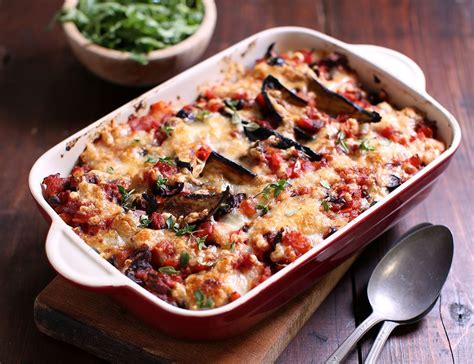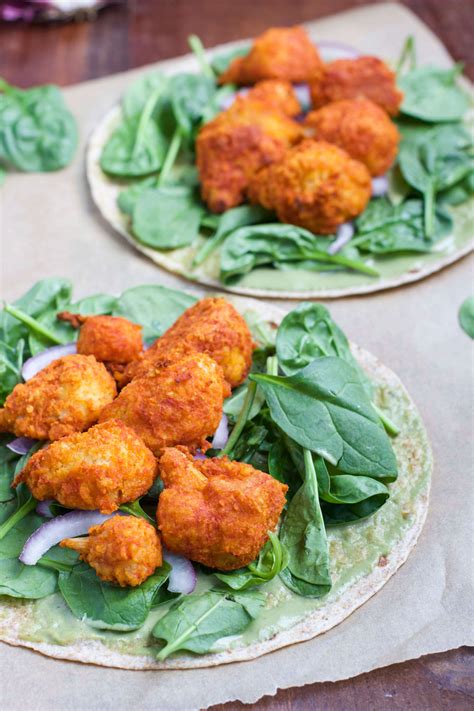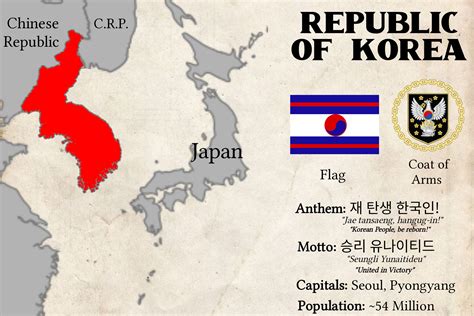Discover traditional Honduran dishes and popular ingredients, and learn about the fusion of Spanish and African flavors in modern Honduran cuisine. Influences from Indigenous cuisine are also explored.
Traditional Honduran dishes
Contents
Honduran cuisine is a reflection of the country’s diverse culture and rich history. Traditional Honduran dishes are a harmonious blend of Indigenous, Spanish, African, and Caribbean influences, resulting in a unique and flavorful culinary tradition.
One of the most iconic traditional dishes in Honduras is baleadas, a simple yet delicious meal consisting of a thick flour tortilla filled with refried beans, cheese, and various toppings such as scrambled eggs, avocado, or sour cream. This staple dish is a popular choice for breakfast, lunch, or dinner and is loved by locals and visitors alike.
Tamales are another beloved Honduran dish that has been enjoyed for centuries. These savory pockets of corn dough are typically filled with a variety of ingredients, such as chicken, pork, or vegetables, and are wrapped in banana leaves before being steamed to perfection. Tamales are often served during special occasions and holidays, making them an integral part of the country’s culinary traditions.
Mondongo soup is a hearty and comforting dish that is widely enjoyed in Honduras. This traditional soup is made with tripe, vegetables, and spices, creating a rich and flavorful broth that is often served with rice and tortillas. While the thought of tripe may be off-putting to some, Hondurans have perfected the art of preparing mondongo soup, turning it into a beloved national delicacy.
Fried fish is a staple in Honduran coastal communities, where fresh seafood is abundant. Whether it’s whole fried fish or fillets, this dish is typically seasoned with a garlic and lime marinade before being fried to crispy perfection. Fried fish is often served with a side of rice, beans, and coleslaw, showcasing the country’s love for simple yet delicious meals that highlight the natural flavors of the ingredients.
Popular ingredients in Honduran cuisine
Honduran cuisine is known for its vibrant and diverse flavors, which are achieved through the use of a variety of popular ingredients. One of the most commonly used ingredients in Honduran cooking is plantains. These starchy fruits are used in a wide range of dishes, from savory to sweet, and are often fried, mashed, or used to make a traditional Honduran dish called tajadas. Another staple ingredient in Honduran cuisine is black beans, which are often cooked and served as a side dish or used as a filling for popular dishes such as baleadas or enchiladas.
Another essential component of Honduran cuisine is rice, which is often served as a base for many dishes. Rice is often cooked with coconut milk or other flavorful ingredients to add richness and depth to the dish. Similarly, corn is a widely used ingredient in Honduran cooking, and is used to make tortillas, tamales, and other traditional dishes.
In addition to these starchy staples, Honduran cuisine also makes use of a variety of fresh produce such as tomatoes, onions, and bell peppers, which are used to add color, flavor, and nutrition to many dishes. Other popular ingredients in Honduran cuisine include chicken, pork, and seafood, which are often used to add protein and richness to dishes such as soups, stews, and main courses.
Overall, the popular ingredients in Honduran cuisine reflect the diverse and vibrant flavors of the country, and are essential to creating the delicious and unique dishes that are enjoyed by locals and visitors alike.
Influence of Indigenous cuisine in Honduras
Honduran cuisine is a beautiful reflection of the country’s rich history and diverse cultural influences. One of the most prominent influences on Honduran cuisine comes from the indigenous peoples who have called this land home for centuries. The traditional flavors and cooking techniques of the indigenous tribes have left an indelible mark on the culinary landscape of Honduras.
Corn plays a central role in indigenous cuisine and is a staple ingredient in many Honduran dishes. The indigenous tribes cultivated and enjoyed a variety of corn-based dishes, such as corn tortillas, tamales, and atol, a popular corn-based beverage. Corn is also used to make masa, the dough used in making baleadas, a beloved Honduran street food.
Another important ingredient in indigenous cuisine is chili peppers, which add a kick of spice and flavor to many Honduran dishes. The indigenous tribes used a variety of chili peppers in their cooking, and today, these spicy peppers continue to be a key ingredient in Honduran cuisine, adding depth and heat to dishes such as chimol, a traditional Honduran salsa.
The indigenous tribes of Honduras also utilized a wide range of native fruits and vegetables in their cooking. Ingredients such as plantains, yuca, and jocotes are commonly used in Honduran cuisine, lending their unique flavors and textures to a variety of dishes. These native ingredients are the building blocks of many traditional Honduran recipes and continue to be cherished by locals and visitors alike.
Overall, the influence of indigenous cuisine in Honduras is evident in the use of staple ingredients, cooking techniques, and traditional dishes that have been passed down through generations. The fusion of indigenous flavors with other culinary influences has resulted in a vibrant and diverse Honduran cuisine that continues to captivate and delight food enthusiasts around the world.
Fusion of Spanish and African flavors
When it comes to Honduran cuisine, there is a unique fusion of Spanish and African flavors that sets it apart from other Latin American cuisines. The historical influence of Spanish colonization and the arrival of African slaves has resulted in a culinary tradition that is both rich and diverse.
One of the most prominent examples of this fusion is the use of plantains in Honduran dishes. This versatile ingredient is a staple in both Spanish and African cooking, and it is used in a variety of savory and sweet dishes in Honduran cuisine. From fried plantains to plantain tamales, this ingredient is a testament to the blending of culinary traditions.
Another example of this fusion is the use of spices and seasonings. Spanish cuisine is known for its bold use of spices, while African cuisine is renowned for its complex and aromatic seasonings. In Honduran dishes, you will often find a blend of these two culinary traditions, resulting in dishes that are both flavorful and aromatic.
Furthermore, the use of beans and rice in Honduran cuisine is a direct result of the African influence. Beans and rice are a staple in African cooking, and they have become a cornerstone of Honduran cuisine. Whether it’s in the form of a traditional rice and beans dish or as an accompaniment to other dishes, the use of beans and rice in Honduran cooking is a clear nod to the African culinary heritage.
In conclusion, the fusion of Spanish and African flavors in Honduran cuisine is what gives it its unique and distinctive taste. From the use of plantains to the blend of spices and the incorporation of beans and rice, this culinary tradition is a beautiful example of the blending of cultures through food.
Modern twists on classic Honduran recipes
Modern twists on classic Honduran recipes are a testament to the vibrant and evolving culinary scene in Honduras. With its rich history and diverse cultural influences, Honduran cuisine has embraced innovation while maintaining the traditional flavors that have been passed down through generations.
One of the ways modern chefs are putting a new spin on classic Honduran dishes is by incorporating local, seasonal ingredients. This not only adds a fresh and contemporary touch to the recipes but also supports the sustainable farming practices that have been integral to Honduran food culture for centuries.
Another modern twist on traditional Honduran recipes is the use of innovative cooking techniques and presentation. Chefs are experimenting with fusion cuisines and incorporating international flavors into familiar dishes, creating a unique and exciting dining experience for locals and visitors alike.
Fusion food has become increasingly popular in Honduras, blending the best of Spanish, African and Indigenous flavors with contemporary cooking methods to create dishes that are both comforting and unexpected. This approach to modernizing classic recipes has helped to showcase the diversity and creativity of Honduran cuisine on a global scale.
In conclusion, modern twists on classic Honduran recipes are a celebration of the country’s culinary heritage and an exciting glimpse into the future of Honduran cuisine. By honoring traditional flavors while embracing innovation, chefs are reimagining beloved dishes in ways that are both respectful of the past and inspiring for the future.












